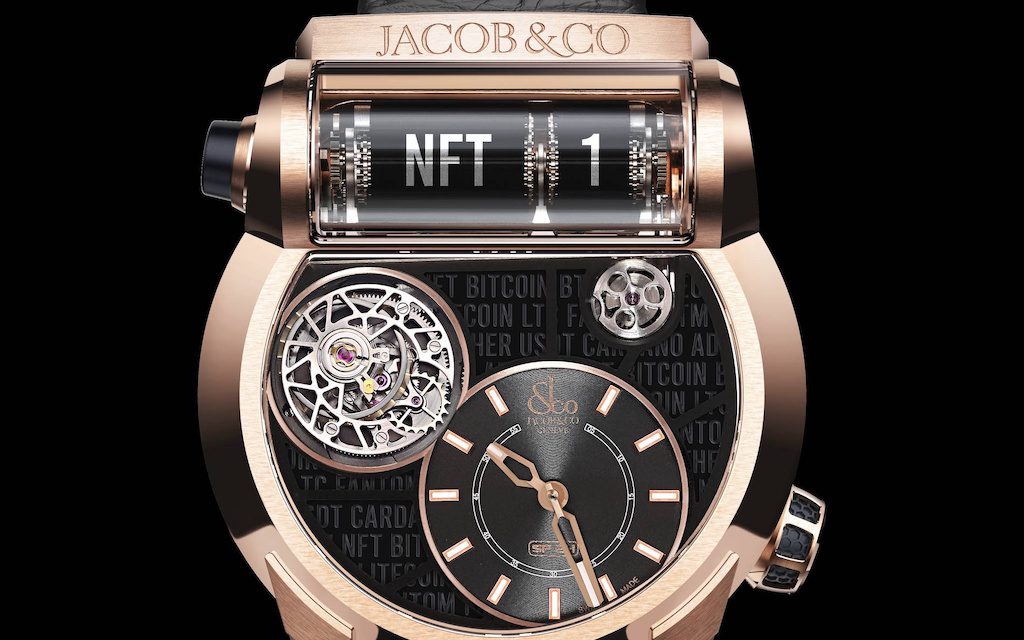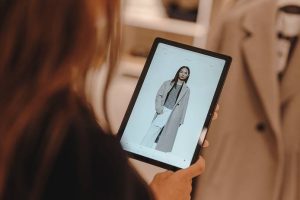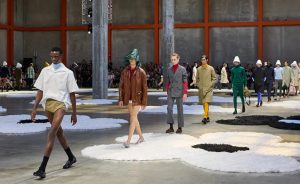Is designing and dressing for a virtual world more artistic, creative and liberating? Worldwide, the business of fashion is picking up momentum even as consumers remain a bit cautious due to the unrelenting pandemic. However, what is notable is the continual thriving of online business models, a trend that accelerated during the global pandemic. As fashion brands seek fresh, creative approaches to digital fashion, NFTs, avatars, gaming skins and virtual stores edge closer to mainstream fashion.
That is the advantage of the virtual space: you get to be anyone you want, without being impeded by the environment or economics. You get to play with the transformative power of fashion raised to the nth degree. You can be braver, more aggressive, more green; change gender, age, race, profession; access the inaccessible, be it a designer gown or the coolest hoodie or flamboyant sneakers.
David Chalmers, a professor of philosophy and author of Reality+ told New York Times.
“In the real world we use clothing in all kinds of complicated ways: to experiment and try on different selves. You’ve got your psychological identity — how you feel inside — and your social identity: how you express that. In the VR world, that’s just more complex.”

Jacob and Co. NFT
As more people dip their toes in the virtual space and need more options for self-expression, and more fashion brands and designers step up to provide them, the more liberating the choices become for avatars.There are digital-only fashion brands — for instance, DressX, a virtual fashion boutique launched in 2019 by Daria Shapovalova and Natalia Modenova. Digital styling games like Drest, owned by Farfetch, offer the ability to try on several digital collections. There is also an increasing number of ready-to-wear fashion brands testing virtual versions of their collections on virtual platforms with some of them creating metaverse business units staffed by fashion school graduates trained in virtual design.
Luxury fashion brands are not behind. Gucci created a virtual Gucci garden for Roblox and Ralph Lauren opened a virtual RL ski store. British Fashion Council hosted The Fashion Awards Experience on the platform, with an award for metaverse design. Balmain collaborated with the gaming platform Altava to offer a limited edition line. Balenciaga designed skins for Fortnite after making its own game, Afterworld: The Age of Tomorrow, featuring its ready-to-wear collection and has also announced its metaverse division. As has Gucci and OTB, the parent company of Maison Margiela and Diesel. Practically every week seems to bring the announcement of yet another fashion brand brand making NFTs, including Givenchy and JW Anderson.

Gucci unveiled one-of-a-kind digital sneakers as NFTs
Today, the only limit to wearing whatever one desires is what is available online. The bottom line in mid- 2022 is that the fashion industry faces a challenging mix of opportunities. Decision makers of fashion brands have their work cut out to manage the demands of digital and sustainability. The past year’s experience is an indicator that consumers are resilient and as economies recovers, demand is following suit. Therefore, the task for companies will be to align with changing customer needs for artistic and creative fashion design which sets them free of any constraints they may face in the physical world.
Read More:
Jasmeen Dugal is Associate Editor at FashionABC, contributing her insights on fashion, technology, and sustainability. She brings with herself more than two decades of editorial experience, working for national newspapers and luxury magazines in India.
Jasmeen Dugal has worked with exchange4media as a senior writer contributing articles on the country’s advertising and marketing movements, and then with Condenast India as Net Editor where she helmed Vogue India’s official website in terms of design, layout and daily content. Besides this, she is also an entrepreneur running her own luxury portal, Explosivefashion, which highlights the latest in luxury fashion and hospitality.










